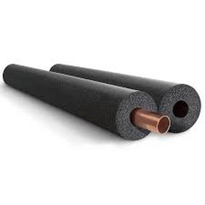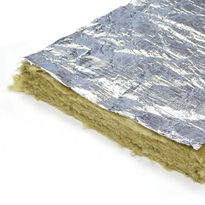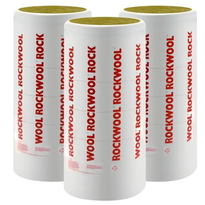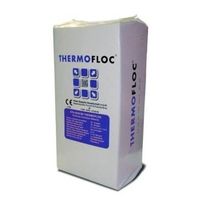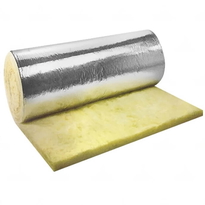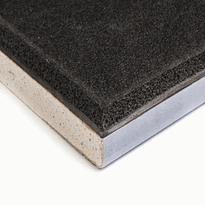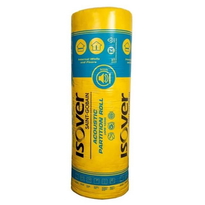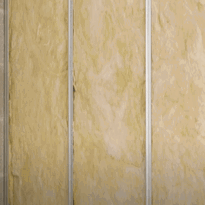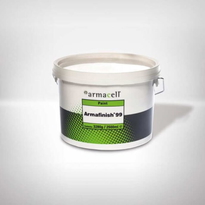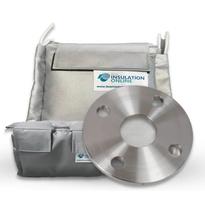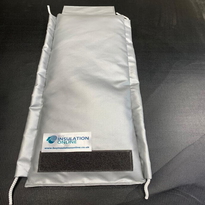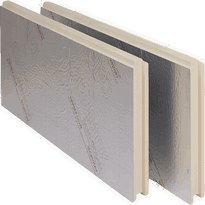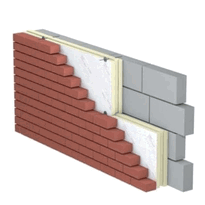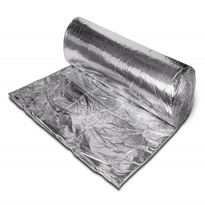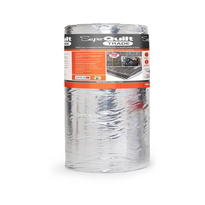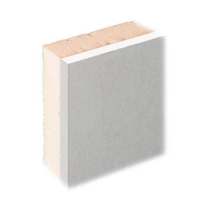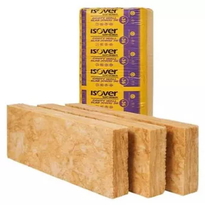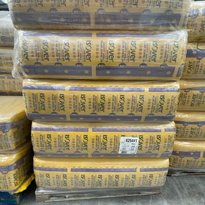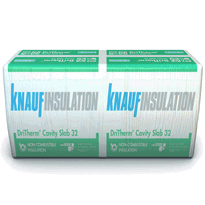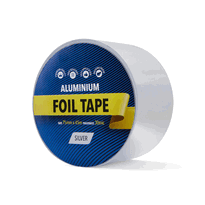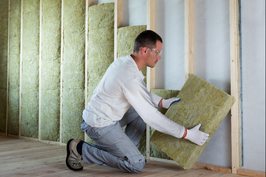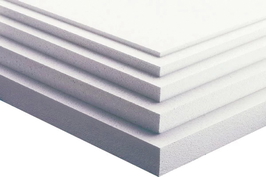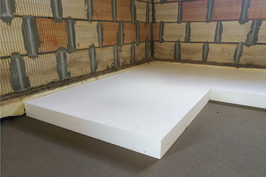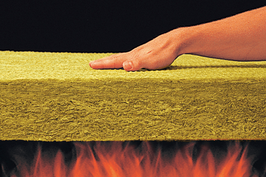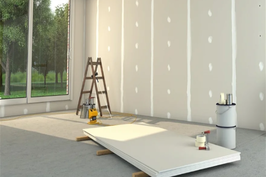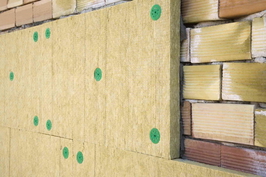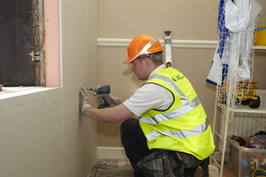Rigid Insulation Board
Rigid insulation boards are vital building materials used to enhance thermal efficiency, moisture resistance, and durability in a wide range of construction projects. Common types include expanded polystyrene (EPS), extruded polystyrene (XPS), and polyisocyanurate (Polyiso), each offering different thermal resistance (measured in K-values), installation techniques, and environmental profiles.
Proper installation entails assessing surface conditions, accurately cutting the boards, fixing them securely, and sealing joints to ensure airtightness. These boards are suitable for use in walls, roofs, and below-ground applications. Understanding their features and proper installation methods is key to selecting the most appropriate type for specific building needs. Further detailed guidance can be obtained through continued study and professional advice.
Types and Material Options of Rigid Insulation Boards
Rigid insulation boards are available in a variety of types, each crafted with specific materials and manufacturing methods that influence their performance, durability, and suitability for different applications.
Expanded Polystyrene (EPS) is produced from beads that are fused together, resulting in an open-cell structure. This type of insulation is lightweight and cost-effective, making it a popular choice for various thermal insulation needs. However, EPS is sensitive to moisture absorption, which can affect its insulating properties over time. EPS has a lower thermal resistance per inch compared to other foam insulations, meaning thicker sheets are often needed for comparable insulation performance.
Extruded Polystyrene (XPS) is manufactured through an extrusion process, creating a dense, closed-cell structure. This makes XPS highly resistant to moisture and provides greater physical durability compared to EPS. Its robustness and moisture resistance make it particularly suitable for use in wet environments, such as below ground applications or roofing.
Polyisocyanurate (Polyiso) features a foam core with reflective facings, delivering high thermal resistance metrics and broad versatility. Polyiso is especially valued in commercial settings, where precise thermal performance and moisture resistance are essential.
Expanded Polyurethane (EPU) and other foam-based insulations are less common but provide high thermal insulation values. These materials are manufactured to offer excellent insulating properties and can be used in specialised installations, although their application isn't as widespread as EPS, XPS, or Polyiso.
Moulded EPS and loose bead forms of EPS are used in niche cavity-fill applications, providing specialised options for insulation in particular construction scenarios.
Each type of rigid insulation board has its own advantages and best-use contexts, and selecting the appropriate material depends on the specific requirements of the project, especially in terms of moisture exposure, loading, and thermal performance.
Thermal R-Values and Insulation Performance
Thermal resistance, measured as U-value or thermal transmittance, is a key indicator of an insulation material’s ability to resist heat flow. A lower U-value signifies better insulation performance, leading to improved energy efficiency within buildings.
For rigid insulation boards, the thermal transmittance is typically specified per metre of thickness, making the selection and layering of materials crucial for achieving desired thermal performance.
Polyisocyanurate (PIR) insulation offers some of the highest thermal performance, with U-values around 0.17 W/m²K per centimetre of thickness. Extruded polystyrene (XPS) and expanded polystyrene (EPS) provide U-values of approximately 0.20 W/m²K and 0.23 W/m²K per centimetre, respectively, though XPS can experience slight increases in U-value over time due to moisture absorption or ageing.
Increasing the thickness of insulation layers directly decreases the overall U-value, enhancing thermal protection. However, factors such as density, moisture content, and temperature fluctuations can influence the practical performance of insulation materials.
Incorporating sustainable materials like hemp-based insulation can further improve the environmental profile of modern buildings while maintaining thermal efficiency.
Optimum insulation thicknesses and materials can vary depending on climate conditions and building design, necessitating careful consideration during planning and installation.
Careful selection of appropriate materials and proper layering ensure compliance with UK building regulations, optimise energy savings, and maintain the integrity of the thermal envelope within a building.
Installation Techniques and Application Areas
Proper installation of rigid insulation boards requires meticulous preparation of the application area to ensure optimal performance and a durable finish.
Before installation, it's important to check for any underlying moisture or water issues, as water damage can significantly compromise the insulation’s effectiveness. Assess the substrate for flatness and cleanliness to promote proper adhesion, ensuring a secure and consistent attachment. Moisture management is crucial to prevent future problems such as mold or insulation failure. Additionally, verifying that the surface is free of dust, grease, or loose debris will improve the bonding process.
Select the appropriate thickness and type of insulation based on the specific application, such as external walls, basements, or roofs. Carefully cut the boards to fit around features like windows, pipes, and obstacles using a utility knife or saw. This precise cutting will help achieve seamless coverage and minimise thermal bridging. Considering insulation performance for the system compatibility can optimize overall building energy efficiency.
Secure the insulation boards with suitable fasteners, such as nails, screws, or brick ties. Fasteners should be spaced consistently at around 300–375 mm (12–15 inches), with fixing points placed at the edges and centre of the panels to ensure stability.
Finally, seal all joints, edges, and fastener penetrations thoroughly with tape or sealant. This step is essential to maintain airtightness, improve energy efficiency, and enhance the overall durability of the installation.
Cost Factors and Environmental Considerations
Cost factors and environmental considerations are crucial when selecting and installing rigid insulation boards, as both impact long-term performance, budget management, and ecological sustainability. The choice of material significantly influences initial expenditure and thermal performance, which in turn affects overall energy efficiency and maintenance costs:
Polyisocyanurate (polyiso) provides higher thermal resistance measured in K-value, but it entails a higher initial investment. This upfront cost can be offset by its superior insulating properties, leading to potential long-term energy savings.
Extruded polystyrene (XPS) generally offers a lower initial purchase price. However, achieving comparable thermal performance may require thicker layers of material, which can increase material and installation costs.
Expanded polystyrene (EPS) is typically the most economical option. While it has lower thermal resistance, its affordability can make it suitable for projects prioritising initial cost savings, though limited thermal performance may result in higher long-term energy expenses.
Newer innovations include eco-friendly foam alternatives that use non-traditional blowing agents. These tend to be more expensive initially but reduce environmental impact over their lifecycle.
Additional factors such as simplicity of installation, durability over time, transportation logistics, and potential for reuse further influence the overall costs and environmental footprint of insulation solutions. Recognising these aspects and the performance standards they meet (such as BS EN 13162) aids in making sustainable and cost-effective choices tailored to specific project demands.
Durability, Moisture Resistance, and Fire Ratings
The durability, moisture resistance, and fire ratings of rigid insulation boards are essential factors that influence their performance, lifespan, and safety in building applications across the UK. Rigid polyurethane (PU) foam insulation is renowned for its longevity, often exceeding 50 years. This durability is primarily due to its closed-cell structure, which helps maintain low thermal conductivity and physical integrity over time. Although the material ages, its compressive strength can slightly improve, providing ongoing support within the building envelope. Industry standards endorse its long-term performance, ensuring builders can rely on its durability over decades. Moisture absorption remains minimal, even during extended exposure to humid conditions, thus safeguarding the insulation's thermal performance and reducing the risk of mould growth. Closed-cell foams such as PU and extruded polystyrene (XPS) offer excellent moisture resistance an essential feature for preventing thermal degradation and mould development, especially in areas exposed to high humidity or water ingress. These properties help ensure long-term durability and reliability in various environmental conditions. Fire safety is a critical consideration for rigid insulation boards. Fire ratings depend on the type of foam and any treatments applied. For instance, untreated polyurethane foam is typically classified as B2 (normally ignitable). However, the addition of fire retardants can enhance its safety profile, enabling it to meet more rigorous fire safety standards required in different building types. Despite variations in fire ratings, ongoing fire safety testing and compliance support the safe utilisation of these materials within UK building regulations. In summary, the combination of high durability, excellent moisture resistance, and adaptable fire safety properties ensures that rigid insulation boards can deliver consistent, safe, and long-lasting performance across diverse UK building conditions.
Conclusion
Selecting the appropriate rigid insulation board depends on understanding its material types, thermal performance, installation methods, cost factors, and durability characteristics. Careful consideration of moisture resistance, fire ratings, and environmental impact ensures maximum application and longevity. By evaluating these factors systematically, professionals can make informed decisions that enhance building efficiency, safety, and sustainability.
A thorough knowledge of each aspect enables the implementation of effective insulation solutions tailored to specific project requirements and performance objectives. Proper selection not only improves thermal performance but also contributes to overall building resilience and compliance with UK building standards.

